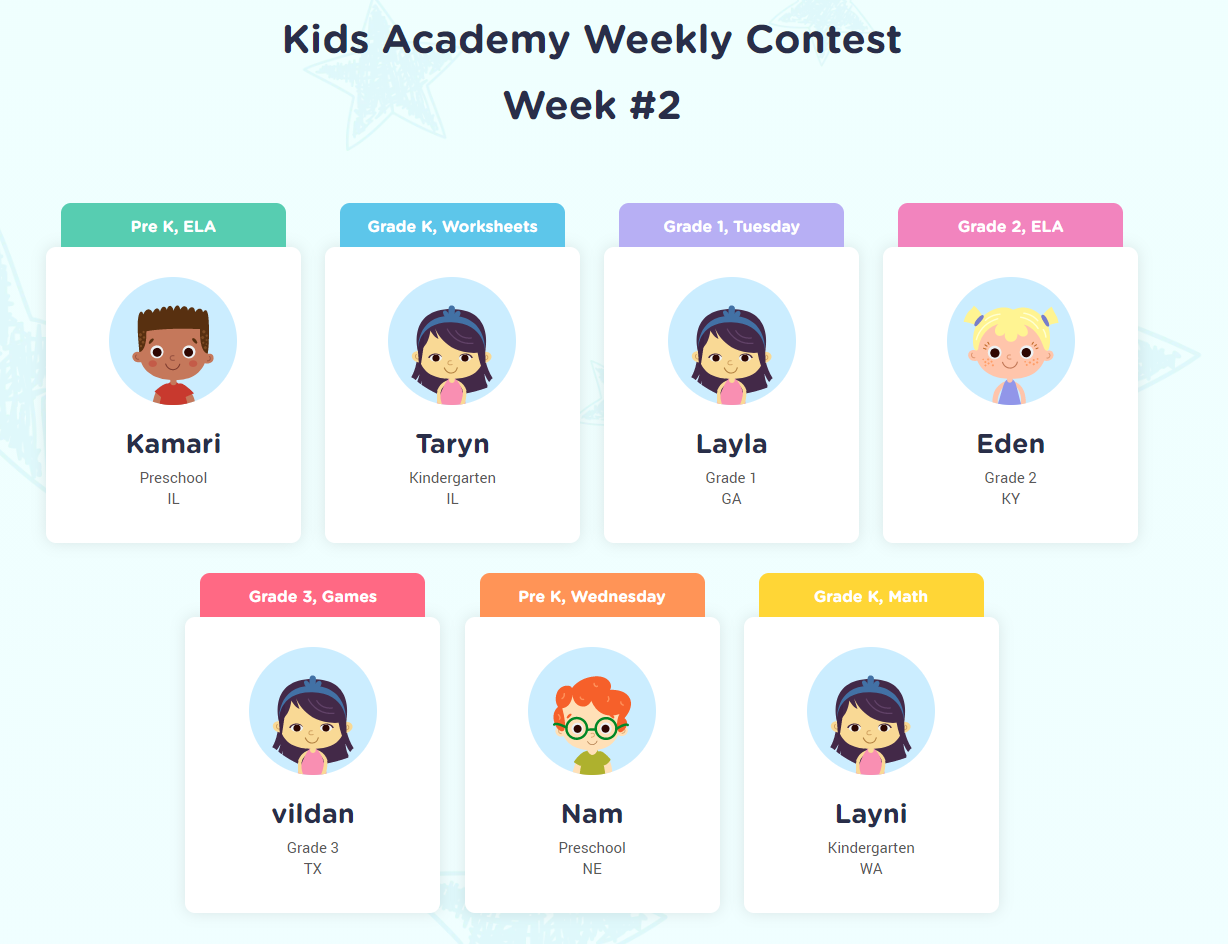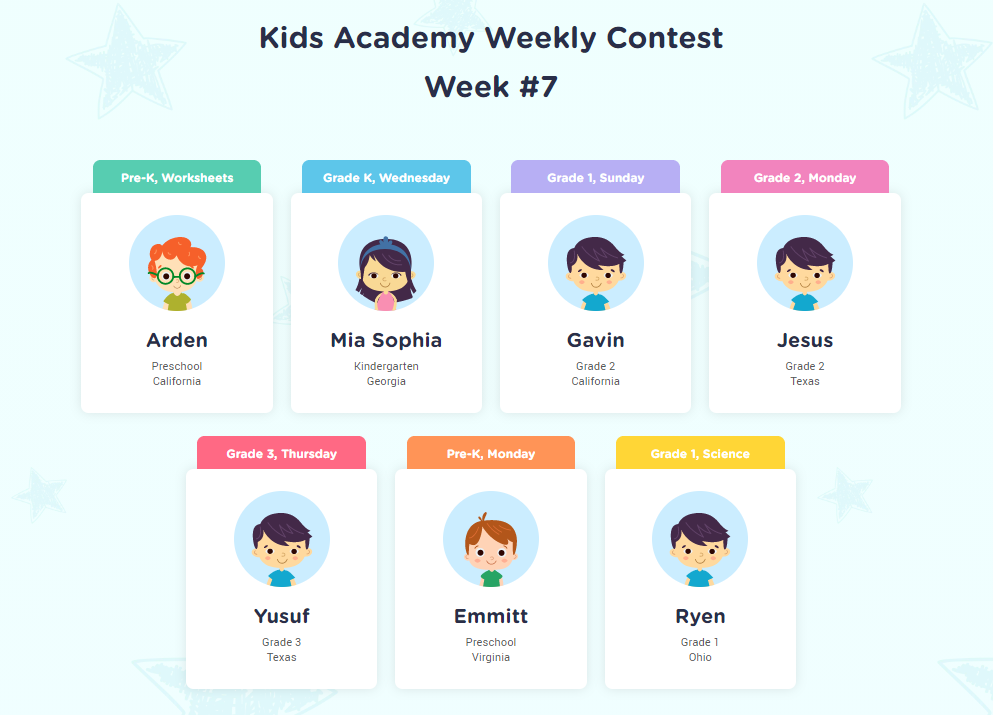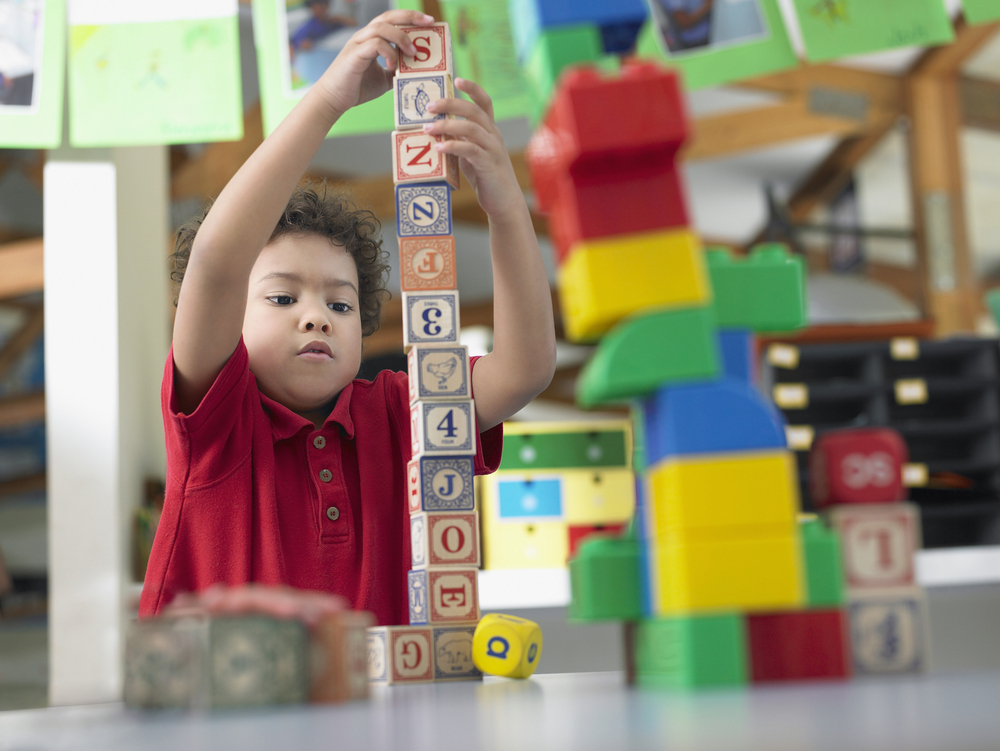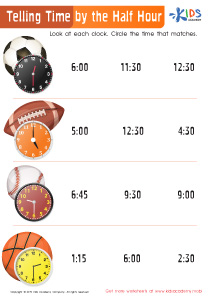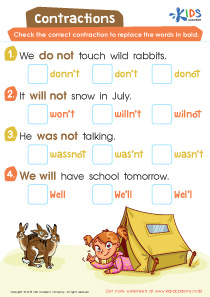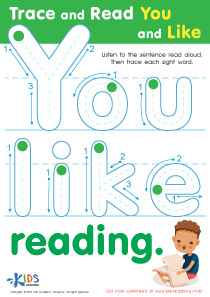Normal Tracing Shapes worksheets activities for Grade 1
2 filtered results
-
From - To
Normal Tracing Shapes Worksheets: Engaging Activities for Grade 1
Dive into the world of shapes with our Normal Tracing Shapes worksheets, perfectly tailored for Grade 1 students. These interactive activities are designed to spark curiosity and enhance fine motor skills as young learners explore the outlines of common geometric forms. Each worksheet offers a delightful mix of tracing exercises that not only reinforce shape recognition but also prep students for more advanced math concepts. With our expertly crafted activities, first graders will enjoy a fun, educational experience, mastering the basics of shapes while developing their confidence and abilities. Embark on a geometric adventure today and watch your child's skills take shape!
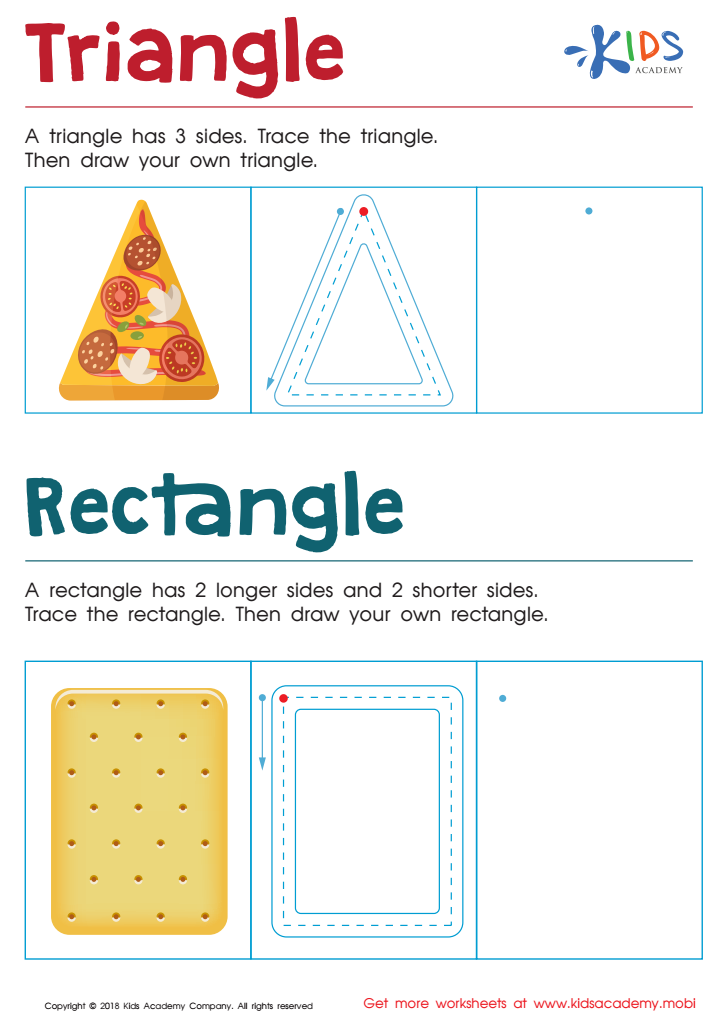

Triangle Rectangle Worksheet
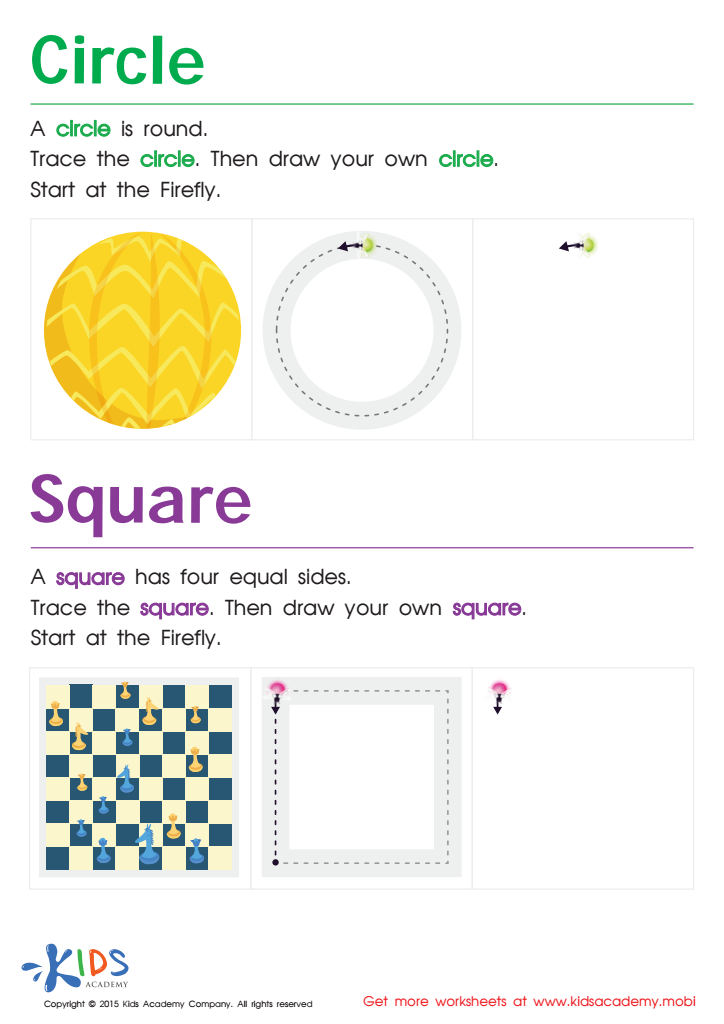

Trace And Draw a Circle And a Square Worksheet
Normal Tracing Shapes worksheets activities for Grade 1 offer a multitude of benefits for young learners embarking on their educational journey. These activities are tailored to enhance a child’s understanding and recognition of geometric shapes, a fundamental skill in the development of their mathematical and spatial reasoning.
Firstly, engaging in Normal Tracing Shapes worksheets activities helps to refine fine motor skills. For Grade 1 students, the act of tracing shapes requires control and precision, which aids in the development of hand-eye coordination and prepares them for more complex writing tasks. This meticulous process lays a strong foundation for handwriting, drawing, and other activities that necessitate fine motor prowess.
Moreover, these worksheets serve as an interactive tool for introducing basic geometry concepts. By tracing different shapes, children can learn their names, identify their properties, and begin to understand how they fit into the world around them. This early exposure to geometry fosters a sense of curiosity and appreciation for mathematics, paving the way for more advanced learning.
Additionally, Normal Tracing Shapes worksheets activities for Grade 1 promote cognitive development. As children engage with these exercises, they are encouraged to observe, compare, and differentiate between shapes. This process enhances critical thinking and problem-solving skills, as students must discern subtle differences and similarities among the shapes they trace.
Furthermore, these worksheets activities offer a structured yet flexible learning environment. Teachers and parents can easily adjust the difficulty level by introducing more complex shapes or incorporating additional tasks, such as coloring or labeling. This adaptability ensures that every child can progress at their own pace, making learning a positive and encouraging experience.
In conclusion, Normal Tracing Shapes worksheets activities for Grade 1 are an invaluable resource in early education. They not only support the development of essential motor and cognitive skills but also lay the groundwork for a lifelong appreciation of mathematics. Through these engaging and educational activities, young learners are set on a path toward academic success and a deeper understanding of the world around them.

 Assign to the classroom
Assign to the classroom

